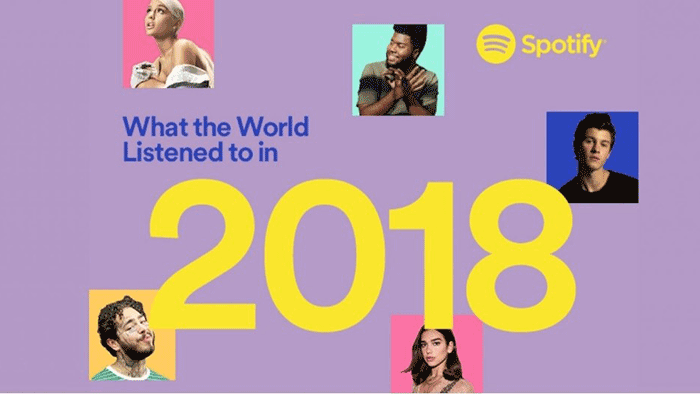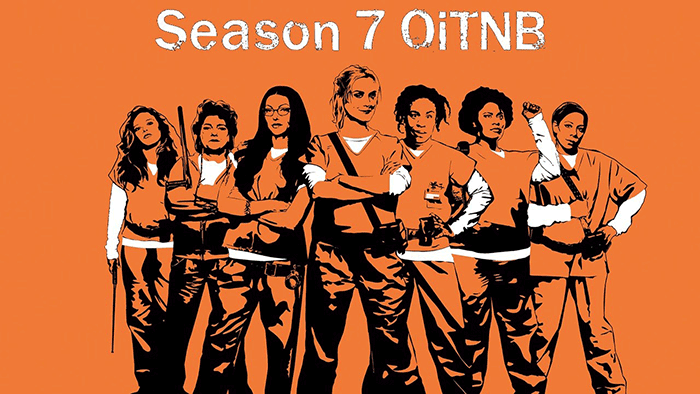WARC’s Lucy Aitken interviewed Scott Marsden, head of global media at Spotify and chair of the Best Use of Data category at the 2019 WARC Media Awards.
Describe your role at Spotify.
For three years, I’ve been leading a small team in New York that figures out the red thread that keeps people coming back to Spotify. Our former CMO used to say, ‘we don’t need to talk about us; we can let consumers talk about us.’ We are really fortunate to have a brand that’s beloved. As music is a cultural discipline, we have the luxury of being something about which people are passionate.
We have been touting our data as a sales opportunity for many years. We don’t give it away but we can use it and we have found a way to connect storytelling with data, so now, through our team, you see stories and trends.

We have always produced A Year In Review and even before I got here, Spotify was famous for its storytelling as it relates to music consumption. So you get to see your personal version but being able to create that mass view of it was really what changed the game.
Can you share an example of how data helped Spotify to change tack and develop a more effective comms strategy?
There’s no story that gets told without data at Spotify. We’ve always leaned into our data and pride ourselves on making it personal to people. Music has always been about discovery and we want to maintain that discovery, helping people to identify what’s next in their journey. In terms of our media strategy, that has changed in terms of how we broadened our targeting: we let the machines do a bit more of the heavy lifting now.
Current marketing wisdom would have you group around gender, households, demographics and so on. So when we were building our acquisition solution, we followed this typical wisdom and our numbers were good. But then we were challenged to think differently because it’s not just music that’s streaming now, it’s Amazon, Hulu and Disney. So instead of going by top level awareness we use bottom acquisition categories to inform where we might be right.
Are marketers getting better at using data in the right ways? And where is there room for improvement?
The algorithm side of things would suggest that marketers aren’t getting better because if you’re self-selecting, you’re narrowing your field. I worked on Walkers in the UK and you’d naturally go to the CEO of the household, which is typically a mother. But in fact it’s the fathers who wanted to buy snacks. So if you’re just focusing on women, you’re limiting your scope.
Efficiency is a major conversation point. The strategy du jour for a long time has been the Byron Sharp strategy of going as broad and as cheap as possible and managing reach and frequency on a consistent basis. Then it was personalisation. Now we have an interesting blend of both.

However, if you go too personalised in terms of your marketing efforts, it either drives up costs or creates a sense of creepiness. I can get a number of people to listen to Miley Cyrus because she’s huge but what happens when that audience gets smaller?
How do you scale messaging and frequency of messaging to the right time and place? Brands forget that you have to keep finding the right place and the right moment.
What example of an advertiser using data effectively has impressed you recently?
Netflix is doing a good job. They use content as their catch-all. The Netflix of old focused heavily on acquisition. They hoped you’d get that email so they didn’t miss you. Now it’s you who’s missing out on a great film or Orange Is The New Black.

They use consumption data and develop strategy from that. For instance, people love a good romcom at Christmas so Netflix creates one and uses it to capture your attention so you come back.
Nike is a stellar marketer that uses app and social strategy effectively relative to how much you shop. Some lifestyle and retail apps such as Hypefit use email and push acquisition in social in really smart ways. Social is interesting. As people go back several times a week, brands can build frequency against some sense of targeting. You’re not going to buy a car overnight but if Volvo and Ford are still in my Instagram over a month, I’ll notice them.
What will you be looking for in general from this year’s entrants to the Best Use of Data category? And what advice would you like to give anyone thinking of entering their work?
Watch out for the creep factor: we all remember that Target email where the father didn’t know his daughter was pregnant yet it was clearly available through data from her consumption patterns. Also, mitigate it properly: use it smartly and in a way that shows scale and corroborates something and generates results.
The WARC Media Awards is a global case study competition which is open for entries across four categories - Best Use of Data, Effective Channel Integration, Effective Partnerships and Sponsorship and Effective Use of Tech – until 19 September. Entry is free. Visit the landing page for more details.

